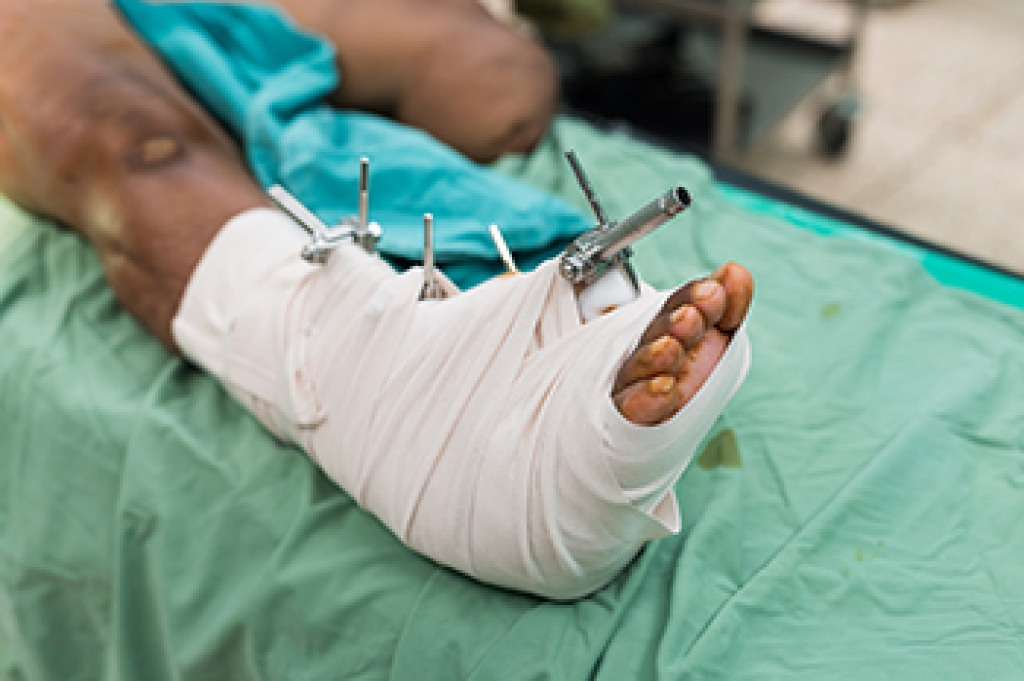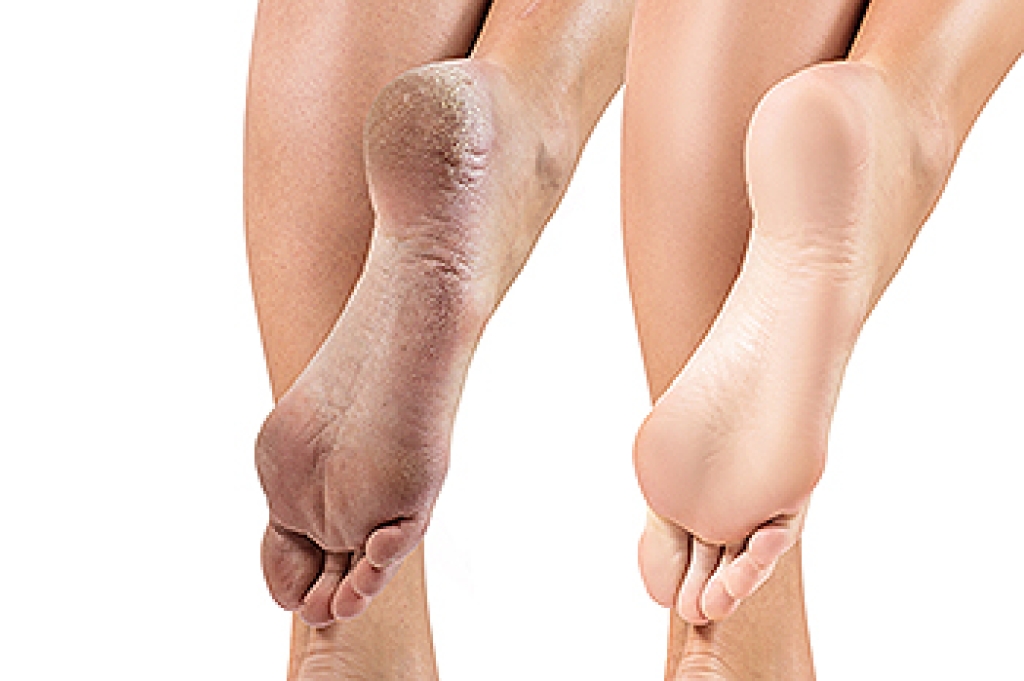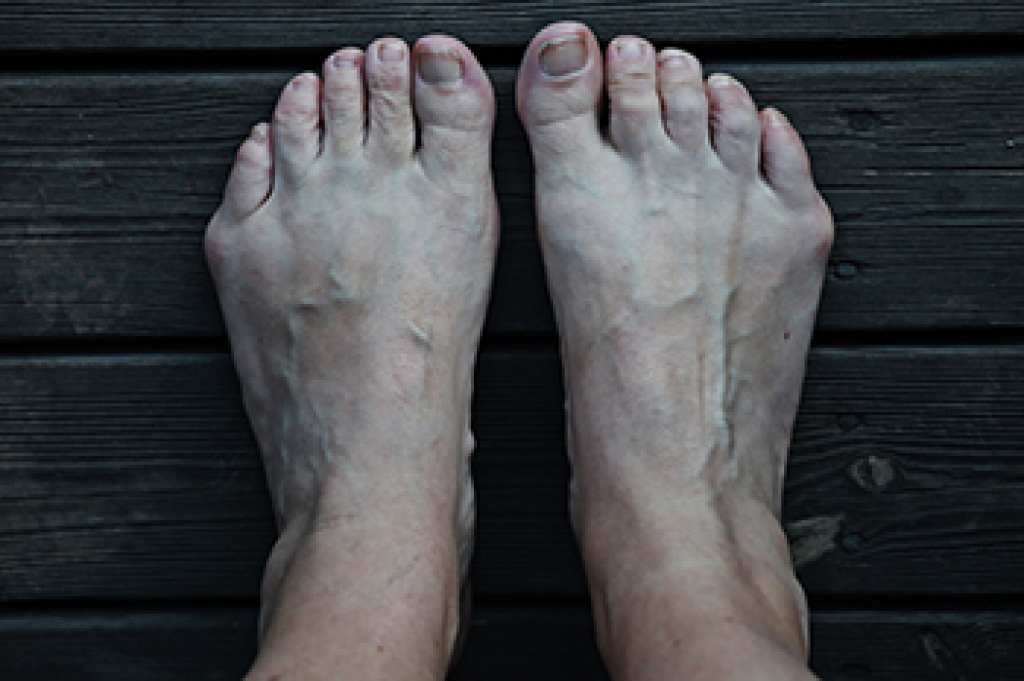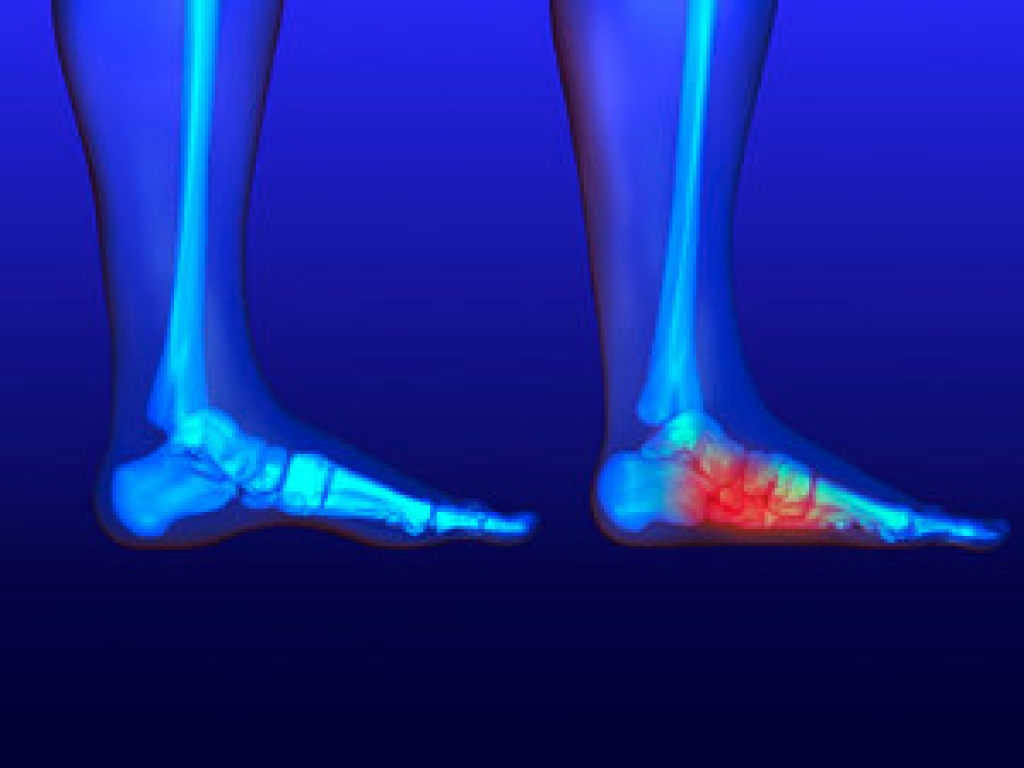
External fixators play a vital role in treating ankle and foot injuries by providing stability from a biomechanical perspective. External fixators are special devices that help treat serious ankle and foot injuries. They work like an outside frame, using pins and rods to keep broken bones steady and in the right position. By holding the bones still, the fixator takes pressure off the injured area, prevents harmful movement, and gives the foot a better chance to heal. This support also helps keep the joints balanced so patients can move more normally once recovery begins. A podiatrist carefully places the fixator and monitors the healing process. They guide rehabilitation to restore strength, flexibility, and mobility while lowering the risk of problems. With this expert care, patients can safely return to daily activities with more confidence. If you are dealing with an ankle or foot injury, it is suggested that you see a podiatrist to find out if external fixation is the right treatment for you.
Foot surgery is sometimes necessary to treat a foot ailment. To learn more, contact one of our podiatrists of Carolina Foot & Ankle Specialists. Our doctors will assist you with all of your foot and ankle needs.
When Is Surgery Necessary?
Foot and ankle surgery is generally reserved for cases in which less invasive, conservative procedures have failed to alleviate the problem. Some of the cases in which surgery may be necessary include:
- Removing foot deformities like bunions and bone spurs
- Severe arthritis that has caused bone issues
- Cosmetic reconstruction
What Types of Surgery Are There?
The type of surgery you receive will depend on the nature of the problem you have. Some of the possible surgeries include:
- Bunionectomy for painful bunions
- Surgical fusion for realignment of bones
- Neuropathy decompression surgery to treat nerve damage
Benefits of Surgery
Although surgery is usually a last resort, it can provide more complete pain relief compared to non-surgical methods and may allow you to finally resume full activity.
Surgical techniques have also become increasingly sophisticated. Techniques like endoscopic surgery allow for smaller incisions and faster recovery times.
If you have any questions, please feel free to contact our offices located in Mount Pleasant and Charleston, SC . We offer the newest diagnostic and treatment technologies for all your foot care needs.






